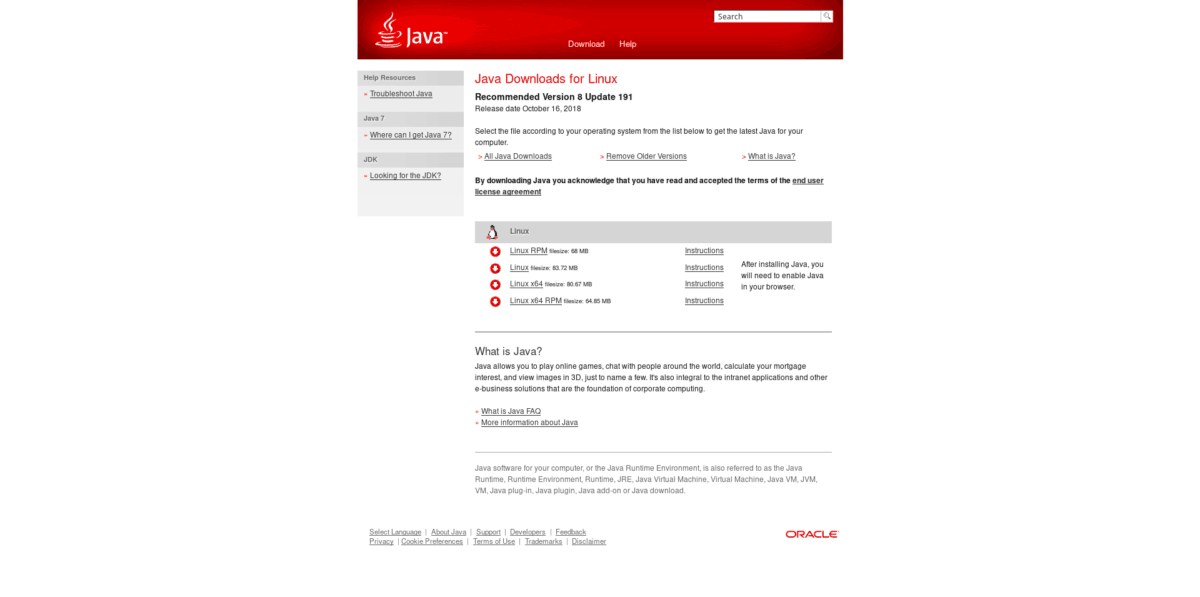
Performing administration tasks using sudo.Configuring networking with NetworkManager CLI (nmcli).Disabling the GNOME automatic screen locking.Setting a key shortcut to run an application in GNOME.Configuring Xorg as the default GNOME session.Configuring X Window System using the nf file.Installing Chromium or Google Chrome browsers.Installing plugins for playing movies and music.APT command equivalents on Fedora with DNF.Securing the system by keeping it up-to-date.Adding or removing software repositories in Fedora.Finding and installing Linux applications.Creating and using a live installation image.


You should have a non-root user account in your Linux mint System with Sudo privileges before proceeding with the installation. Java Runtime Environment(JRE): It is a run time environment that enables us to run/execute programs written in Java successfully in our system.Java Development Kit(JDK): It is a software having all the Java APIs that would be required to write Java code in your system.Oracle JDK: This is the implementation of Java distributed by Oracle and requires license for its commercial use.īefore we install Java, we should also be familiar with the following two terms in context to the Java Technology :.Open JDK: This is the open-source implementation of Java and does not require any license to use.Moreover it is available in 2 diffferent implementations i.e. Hence if you are having a Linux Mint version installed in your computer you could go through the following steps to install Java in it and make it ready for all types of Java programming. In this tutorial, we are going to see how we can install Java on the Linux Mint flavor of OS. Java is the most popular programming language of all due to its platform independence nature and versatile features such as OOPS, Multi-threading, Multitasking, concurrent programming, and many more. In this article, we will explain how to install Java on Linux Mint.


 0 kommentar(er)
0 kommentar(er)
